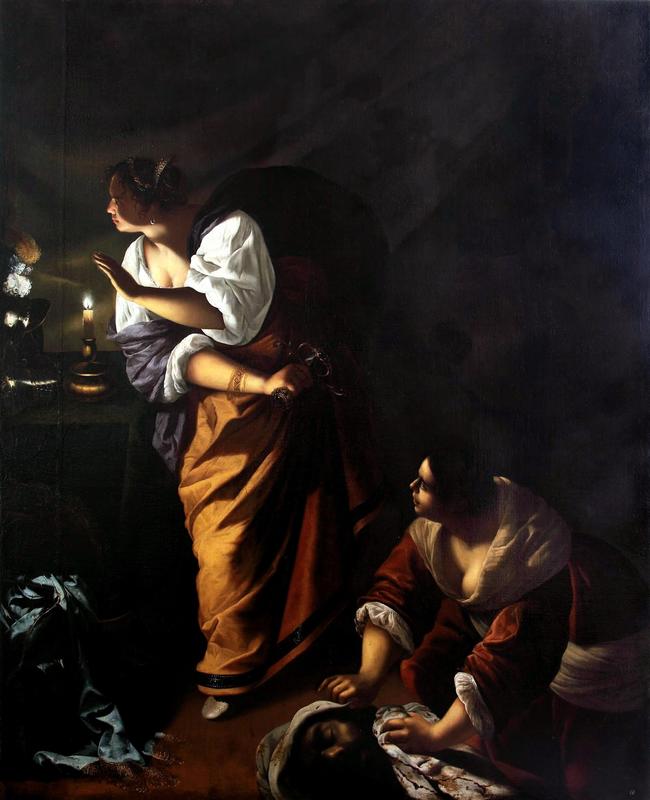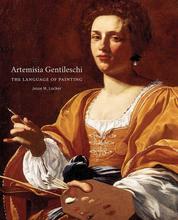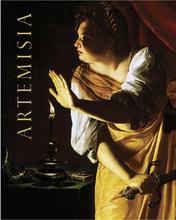More about Judith and her Maidservant
- All
- Info
- Shop

Contributor
Apparently, Artemisia Gentileschi couldn’t get enough of Judith and Her Maidservant.
The narrative behind Judith and Her Maidservant is a subject that Artemisia Gentileschi painted throughout her career. In contrast to Gentileschi’s best known and gory work Judith Slaying Holofernes – showing Judith cutting off Holofernes’ head after seducing him – the subject of Judith and Her Maidservant provides a tamer side of the story, instead depicting moment before Judith and her maid flee the scene with the decapitated head of Holofernes.
Artemisia Gentileschi also depicted the biblical story of Judith and Her Maidservant in several versions. Three of these versions survived and this work from the National Museum of Capodimonte is one of them. Even though the painting looks stunning, art historian Jesse M. Locker wrote in his book Artemisia Gentileschi: The Language of Painting that the work is “admittedly inferior” compared to the version at the Detroit Institute of Arts. When creating this painting, Gentileschi reused elements that can also be found in the other versions, like the kneeling pose of the maidservant wrapping the head with a piece of fabric, and the flickering candle on the table.
Gentileschi probably painted this Judith and Her Maidservant for the Duke of Parma in the 1640s. Some have argued though, that the painting is a copy of lost work. It was made during a late period in the artist’s life, since she died in the 1650s, but little is known about her last years. We do know, however, that she came back to Naples from her stay in London by 1640, where she would spend the rest of her life.
We also now know that this “unloved” painting was part of the collection of Giovanni Andrea Lumaga – the head of a wealthy Venetian merchant family – which did not include, as previously assumed, its more popular sibling residing in Detroit. So, if you’re ever at the National Museum of Capodimonte, give this underappreciated painting some love.
Sources
- Garrard, Mary D. Artemisia Gentileschi and Feminism in Early Modern Europe. London: Reaktion Books Ltd, 2020.
- Locker, Jesse. Artemisia Gentileschi: Language of painting. New Haven/London: Yale University Press, 2015.
- Mann, Judith W. “69. Judith and Her Maidservant” In Orazio and Artemisia Gentileschi, edited by Keith Christiansen and Judith W. Mann, 368-370. New York: The Metropolitan Museum of Art, 2001.
Featured Content
Here is what Wikipedia says about Judith and Her Maidservant (Artemisia Gentileschi, Naples)
Judith and Her Maidservant is a painting by the Italian baroque artist Artemisia Gentileschi. Executed sometime between 1645 and 1650, it hangs in the Museo di Capodimonte in Naples. The story comes from the deuterocanonical Book of Judith, in which Judith seduces and then assassinates the general Holofernes, who had besieged Judith's town. The exact moment depicted takes place after the murder when her maidservant places the severed head in a bag, while Judith checks around her.
It is the third of three paintings that Gentileschi painted of the same moment, all using a similar design. The first, painted between 1623 and 1625, hangs in the Detroit Institute of Arts, while the second, painted in the early 1640s, now hangs in the Musée de la Castre in Cannes. Recent research suggests that it may have been in the collection of Giovanni Andrea Lumaga, a wealthy Venetian merchant with ties to Naples, in the late 1600s.
Check out the full Wikipedia article about Judith and Her Maidservant (Artemisia Gentileschi, Naples)














